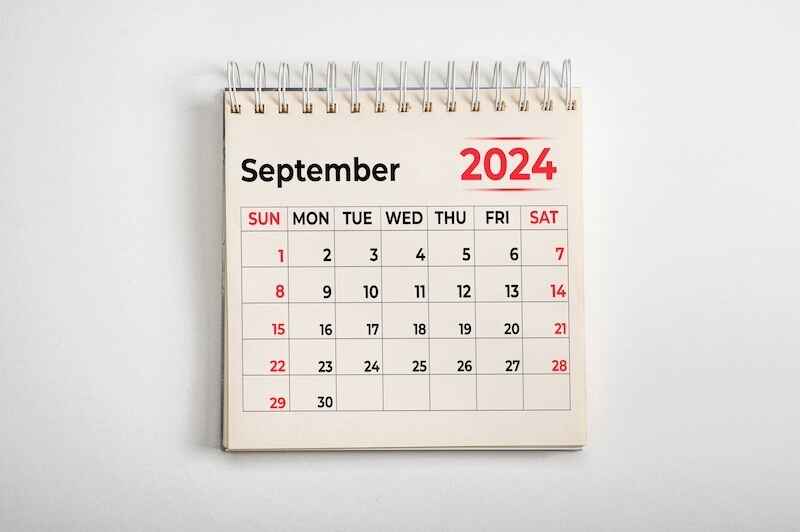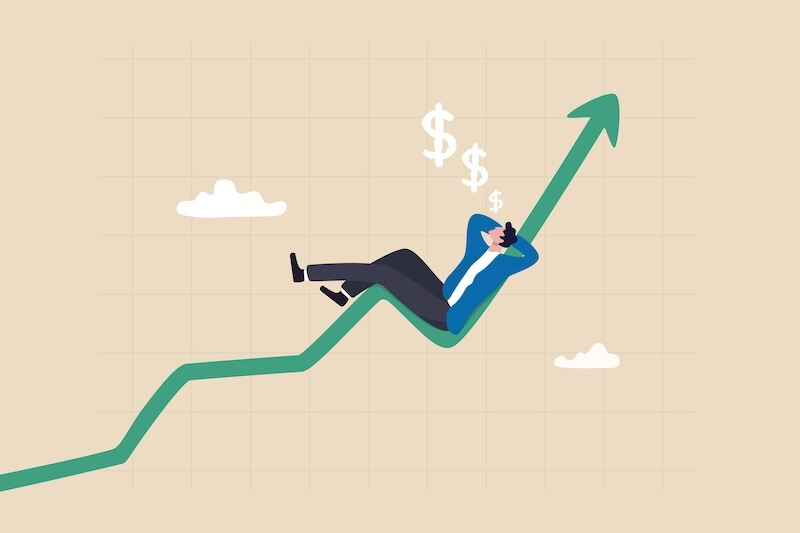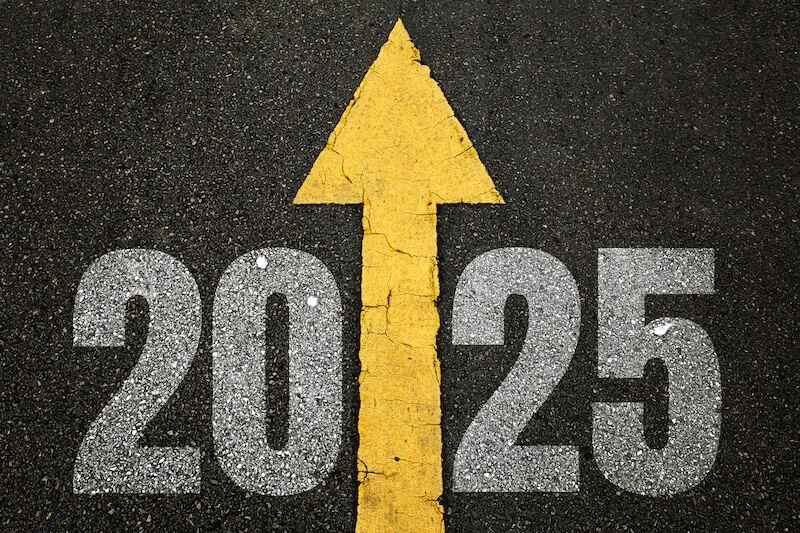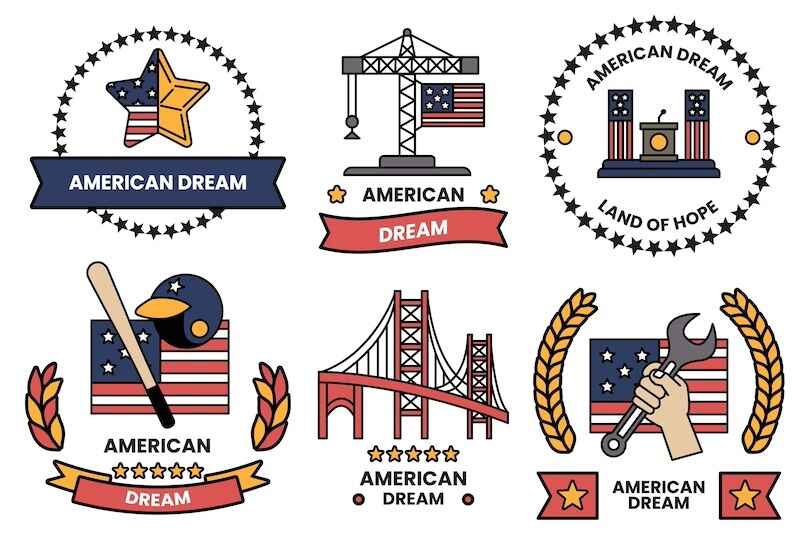ONE simple trade… with ONE symbol…
Is all you need to target 383% OVERNIGHT!
It’s a strange options loophole allows you to avoid day trading… and trade overnight instead.
Best of all, it works in crashes and bull markets.
With a big move… you win BIG.
See The Proof for Yourself (Click Here)
– Nicole Labra, Senior Managing Editor
We might be on the cusp of breaking a long-term market trend.
It’s called the September Effect. And it reflects the fact that since 1950, the ninth month of the year has been the biggest loser for the Dow Jones Industrial Average, the S&P 500, and the Nasdaq Composite.
And when you look back all the way to January 1928, September is the only month that the S&P 500 averaged a negative return…
Why has September been such a poor month historically for the market?
Probably a few reasons. First, portfolio managers – particularly those managing big mutual funds and pension funds – return from the Labor Day break and rebalance their portfolios. If the stock market has posted gains for the year, they often sell stocks to get back to some strategic mix of stocks and bonds.
In addition, as the end of the year approaches, some investors engage in tax-loss harvesting. That is, they sell losing stocks to realize capital losses that will offset capital gains elsewhere. It’s a smart tax avoidance strategy, but the selling will naturally push market indexes lower.
Seasonal trends may also contribute to the September effect. As summer ends, the optimism that goes along with it also subsides – which may turn sentiment lower for some investors. And as kids return to school, and families to their routines, consumer discretionary spending drops off… anticipating poorer corporate profitability, and the lower stock prices that go along with it.
Breaking a Trend
But this year may just be different.
As I write this the S&P 500 Index is up 1.4% for the month, as is the Dow. And the Nasdaq is up almost 2%.
The month didn’t start that way, of course. The market swooned more than 4% the first few days, part of that due to a poorer-than-expected August jobs report on the morning of September 6.
But we’ve seen strong gains since then, with the S&P 500 up almost 6% in the ensuing weeks.
Certainly, the Federal Reserve’s half point interest rate cut – and the market’s anticipation of it – have helped.
But there’s more to it than that. Keep in mind that corporate profits (the primary driver of stock prices in the medium- to- long-term), are expected to grow at a double-digit rate this year and next.
Also, inflation is back to normal. The Fed’s favorite gauge of inflation – the core personal consumption expenditures price index – fell to a 1.7% annual pace over the three months ended July. That’s below the Fed’s 2% target.
With that mitigation of price rises, the Fed is now shifting its attention to the labor market. Remember that the Fed has a dual mandate: stable prices and maximum employment.
Chairman Jerome Powell and his colleagues believe they have finally achieved stable prices. So now they want to avoid higher unemployment, as the jobless rate today is a half point higher than it was at the start of 2024. That’s slightly worrisome for Fed officials.
That’s why the Fed is likely to keep lowering its target rate until it finds the neutral rate – the optimal interest rate that neither accelerates nor dampens economic growth. Currently that rate is believed to be around 3% or a bit lower. That could mean as many as 2 percentage points of additional cuts over the next 12 months.
That would certainly stimulate the economy and perhaps even allow the housing market to heal after a couple of brutal years due to high home prices, a lack of supply, and high borrowing costs.
And with housing such an important part of the economy – about a fifth of activity is linked to it – that would be great for stocks.
A Few More Days
But let’s not celebrate the death knell of the September Effect just yet. We still have a few more trading days.
That said, smart investors should be optimistic about the economy and the market right now no matter how September ends.
There are no guarantees in investing, but it is smart to be in the market when most signs point to higher prices ahead.
Credit: Source link














